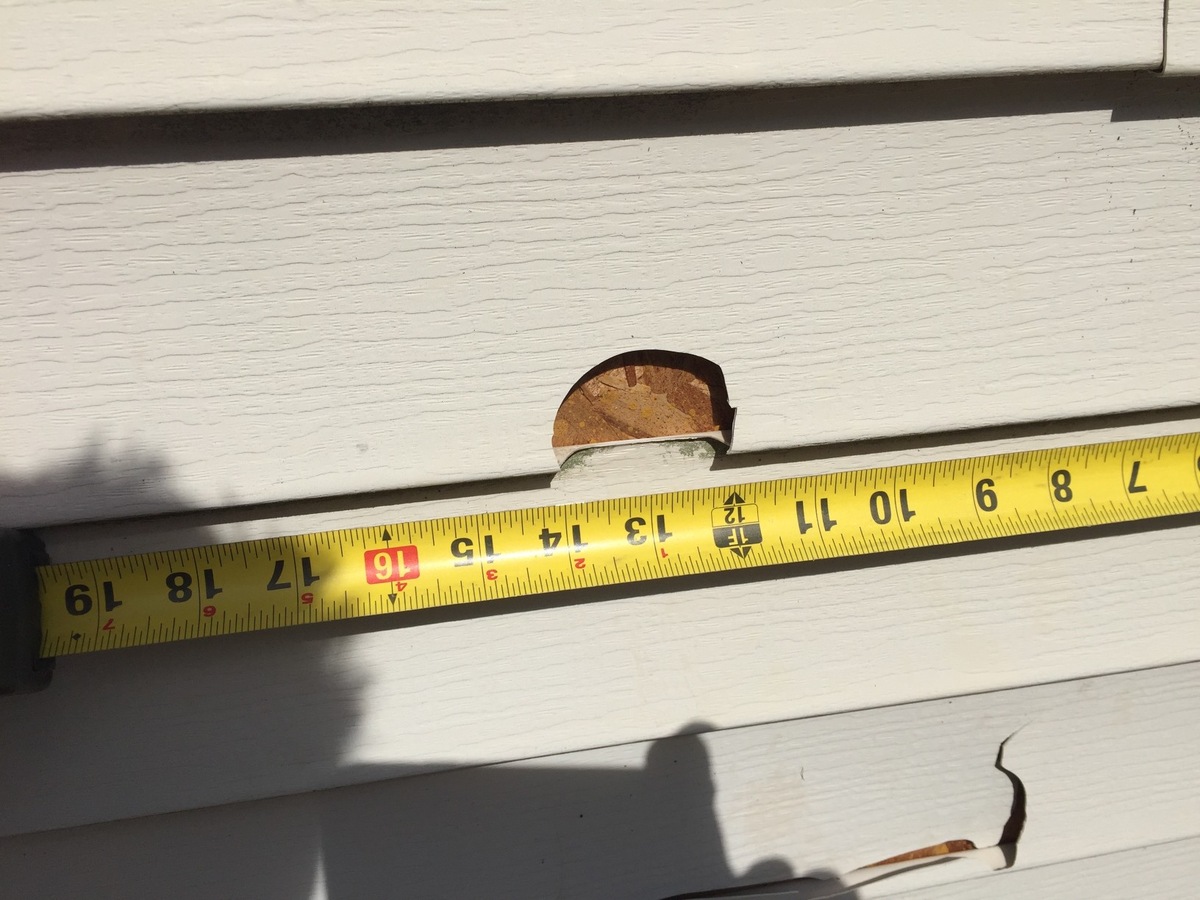

Articles
How To Measure For Vinyl Siding
Modified: December 7, 2023
Learn how to measure for vinyl siding with our informative articles. Get step-by-step instructions and tips to ensure a perfect installation.
(Many of the links in this article redirect to a specific reviewed product. Your purchase of these products through affiliate links helps to generate commission for Storables.com, at no extra cost. Learn more)
Introduction
Welcome to the world of vinyl siding! Whether you’re a homeowner looking to give your exterior a fresh look or a contractor tasked with a siding installation project, one crucial step in the process is ensuring accurate measurements. Proper measurement is essential for calculating the amount of vinyl siding required and ensuring a seamless and visually appealing finish.
Measuring for vinyl siding may seem daunting at first, but with the right tools, materials, and step-by-step approach, you can easily achieve accurate measurements. In this guide, we will walk you through the process of measuring for vinyl siding, covering everything from measuring the exterior walls to calculating the total square footage and determining the number of siding panels needed.
Before we dive into the details, it’s important to understand why proper measurement is so important. Accurate measurements help to minimize waste, ensure a precise fit, and save you time and money in the long run. By taking the time to measure carefully, you can avoid ordering excess materials or running short, resulting in a flawless and efficient siding installation.
So, let’s get started on this exciting journey of measuring for vinyl siding. Gather your tools and materials, and let’s dive into the step-by-step process to ensure you get accurate measurements for your vinyl siding project.
Key Takeaways:
- Accurate measurements for vinyl siding minimize waste, save time and money, and ensure a professional finish, contributing to energy efficiency and visual appeal.
- Gathering the right tools, taking precise measurements, and considering additional factors are essential for a successful vinyl siding project.
Read more: How To Repair Vinyl Siding
Importance of Proper Measurement for Vinyl Siding
When it comes to installing vinyl siding, proper measurement is key to a successful and high-quality outcome. Here are a few reasons why accurate measurements are of utmost importance:
- Minimize Waste: Correct measurements help you avoid overordering or underordering materials, reducing unnecessary waste. By accurately determining the amount of vinyl siding needed, you can save money and ensure an efficient use of resources.
- Ensure a Precise Fit: Taking proper measurements guarantees that the vinyl siding will fit snugly and seamlessly on your exterior walls. This translates into a professional-looking finish without gaps or uneven edges.
- Saves Time and Money: Accurate measurements prevent costly mistakes and time-consuming rework. By getting it right the first time, you can avoid delays and additional expenses associated with ordering extra materials or making adjustments during installation.
- Promotes Energy Efficiency: Properly sized vinyl siding helps improve energy efficiency by creating a tight seal around your home. This can lead to reduced energy consumption and lower utility bills.
- Eases Installation: Accurate measurements enable smoother installation, making it easier for contractors or DIY enthusiasts to align and secure the vinyl siding panels properly. This saves time and effort, resulting in a more efficient and stress-free installation process.
- Enhances Visual Appeal: Precise measurements ensure a uniform appearance with evenly spaced siding panels and aligned patterns. This contributes to the overall aesthetic appeal of your home, enhancing curb appeal and potentially increasing its value.
By recognizing the importance of proper measurement for vinyl siding, you can set yourself up for success. Taking the time to measure accurately will help you achieve a flawless and long-lasting finish, ensuring that your vinyl siding project not only looks great but also performs optimally.
Tools and Materials Needed
Before you begin measuring for vinyl siding, it’s essential to gather the necessary tools and materials. Here’s a list of what you’ll need:
- Tape Measure: A reliable and accurate tape measure is crucial for taking precise measurements of the exterior walls, doors, and windows. Look for a tape measure with both imperial and metric measurements for versatility.
- Pencil or Marker: Use a pencil or marker to mark the measurements directly on the walls or on a separate sheet of paper for reference.
- Notebook or Paper: Having a notebook or several sheets of paper can help you keep track of your measurements and calculations, ensuring accuracy throughout the process.
- Ladder: Depending on the height of your exterior walls, you may need a ladder to access the upper sections safely. Choose a ladder that is stable and appropriate for the height you’ll be working at.
- Calculator: A calculator comes in handy when calculating the total square footage and determining the number of siding panels required. This will help simplify the process and reduce the chance of errors in your calculations.
- Safety Gear: Although not directly related to measuring, it’s always important to prioritize safety. Wear appropriate safety gear such as gloves, safety glasses, and sturdy footwear when working on any home improvement project.
- Optional: Digital Laser Measuring Device: While not essential, a digital laser measuring device can provide additional accuracy and ease of use, particularly when measuring larger areas. This tool is especially helpful if you’re working alone or need to take measurements from a distance.
By gathering these tools and materials beforehand, you’ll be well-equipped for the measuring process and can ensure accurate measurements for your vinyl siding project.
Step 1: Taking Measurements of the Exterior Walls
The first step in measuring for vinyl siding is to measure the exterior walls of your home or building. Here’s how to do it:
- Start with one side: Begin by selecting one side of the building to measure. It’s best to start with the longest and most straightforward wall to get into the rhythm of the process.
- Measure the height: With your tape measure, measure the height of the wall from the bottom to the top. If there are multiple levels, measure each level individually.
- Measure the width: Next, measure the width of the wall horizontally from one corner to the other. If there are any obstructions, such as windows or doors, measure the width between them rather than measuring the full width of the wall.
- Record the measurements: Write down the height and width measurements for each wall in your notebook or on a separate sheet of paper. It’s essential to keep your measurements organized and labeled correctly for reference later in the process.
- Repeat for other walls: Move on to measuring the remaining walls in the same manner, repeating steps 2 and 3. Remember to label each set of measurements according to the wall they correspond to.
It’s important to ensure that your measurements are accurate. Take your time and double-check each measurement to avoid any errors. Precision is key to achieving a seamless and professional-looking installation.
Once you have measured all the exterior walls of your home, you can move on to the next step: measuring doors and windows.
Step 2: Measuring Doors and Windows
After measuring the exterior walls, the next step is to measure any doors and windows on those walls. Here’s how to do it:
- Measure the height: Start by measuring the height of each door and window from the top to the bottom, including any trim or sill.
- Measure the width: Next, measure the width of each door and window from side to side, again including any trim or casing.
- Record the measurements: Write down the measurements for each door and window, labeling them accordingly.
- Calculate the total area: To calculate the total area of the doors and windows, multiply the height by the width of each one, and then add up all the individual areas. This will give you the total square footage of the doors and windows on each wall.
It’s important to consider that doors and windows may have different measurements on each side. Take measurements on both sides and use the larger of the two measurements for accurate calculations.
Recording the measurements and calculating the total area of doors and windows are crucial steps in determining the amount of siding needed. By subtracting the total square footage of doors and windows from the total square footage of the exterior walls, you will have a more accurate measurement for ordering vinyl siding materials.
Now that you have measured the doors and windows, it’s time to move on to the next step: calculating the total square footage.
When measuring for vinyl siding, be sure to measure the height and width of each wall, including doors and windows. Subtract the area of doors and windows from the total wall area to get an accurate measurement for siding.
Read more: How Thick Is Vinyl Siding
Step 3: Calculating the Total Square Footage
Now that you have measured the exterior walls and accounted for the doors and windows, it’s time to calculate the total square footage. This step will help you determine the amount of vinyl siding required for your project. Here’s how to do it:
- Calculate the square footage of each wall: Multiply the height by the width of each individual wall to find the square footage. This will give you the area of each wall. If there are multiple levels, calculate the square footage for each level separately.
- Record the square footage: Write down the square footage for each wall, labeling them accordingly.
- Calculate the total square footage: Add up the square footage of all the exterior walls to calculate the total square footage of your project. Exclude the square footage of the doors and windows, as those will be subtracted separately.
- Subtract the square footage of doors and windows: Subtract the total square footage of the doors and windows, which you calculated in the previous step, from the total square footage of the exterior walls. This will give you the net square footage of the areas that need to be covered with vinyl siding.
Calculating the total square footage is crucial for estimating the amount of vinyl siding you’ll need to order. It helps you avoid both underordering and overordering materials, ensuring a smooth and cost-effective installation process.
With the total square footage calculated, you’re now ready to move on to the next step: determining the number of siding panels required.
Step 4: Determining the Number of Siding Panels Required
After calculating the total square footage of your project, the next step is to determine the number of siding panels needed. This step ensures that you order the correct amount of vinyl siding for your installation. Here’s how to do it:
- Identify the panel size: Determine the size of the vinyl siding panels you plan to use. Panel sizes can vary, but a common size is 12 feet in length and 6 inches in width. Note that it’s important to use consistent measurements throughout this step.
- Calculate the area covered by one panel: Calculate the area covered by one siding panel by multiplying the length by the width. This will give you the coverage area of one panel in square feet.
- Divide the net square footage: Divide the net square footage (the square footage of the walls minus the square footage of the doors and windows) by the coverage area of one panel. Round up to the nearest whole number to account for any additional panels needed.
- Account for waste: It’s recommended to add a small percentage (around 5-10%) to the total number of panels to account for waste and potential cutting errors during installation. This will ensure you have enough siding to complete the job.
- Round up: Round up the final number of panels to the nearest whole number. It’s better to have a few extra panels than to risk running out mid-installation.
By accurately determining the number of siding panels required, you can ensure a smooth and efficient installation process, avoiding the hassle of ordering additional materials later on.
With the number of siding panels determined, you’re now ready to move on to the final step: considering additional factors.
Step 5: Considering Additional Factors
As you near the end of your vinyl siding measurement process, it’s important to consider a few additional factors that can impact the success of your installation. These factors will help you make informed decisions and ensure the best possible outcome for your project. Here are some things to consider:
- Siding Panel Styles: Take into account the style and design of your chosen siding panels. Different panel styles may have varying coverage areas or overlap requirements. Consider any additional calculations or adjustments needed based on the specific panel style you have chosen.
- Siding Trim: If you plan to incorporate siding trim or accessories, such as corner pieces or decorative elements, make sure to measure and account for these as well. They may require additional materials, so factor them into your overall calculations.
- Pattern Alignment: Consider the desired pattern alignment for your vinyl siding. Some homeowners prefer a specific pattern or staggered arrangement, which may require additional calculations for panel placement.
- Waste Allowance: It’s always a good idea to include a waste allowance when ordering materials. Vinyl siding can be fragile, and mistakes happen. By having a little extra material on hand, you can account for any cutting errors, damaged panels, or future repairs.
- Consult with a Professional: If you’re unsure about any aspect of measuring for vinyl siding or feel overwhelmed by the process, don’t hesitate to consult with a professional. They can provide valuable insights and guidance specific to your project, ensuring accurate measurements and a successful installation.
Considering these additional factors will help you make more precise calculations and ensure a smooth and efficient vinyl siding installation. Take your time, double-check your measurements and calculations, and make any necessary adjustments based on the specific requirements of your project.
Congratulations! You have completed the steps to measure for vinyl siding. Armed with accurate measurements and a thorough understanding of your project’s requirements, you are now ready to proceed with ordering materials and beginning the installation process.
Remember, precision and attention to detail are key when it comes to measuring for vinyl siding. By taking the time to measure carefully and considering all the necessary factors, you can achieve a flawless and visually stunning result that will enhance the beauty and durability of your home’s exterior for years to come.
Conclusion
Measuring for vinyl siding is a crucial step in ensuring a successful and visually appealing installation. Accurate measurements not only minimize waste and save time and money but also contribute to a professional finish that enhances the overall aesthetic of your home. By following the step-by-step process outlined in this guide and considering additional factors, you can confidently measure for vinyl siding like a pro.
Remember to gather the necessary tools and materials, including a tape measure, pencil or marker, notebook, ladder (if needed), calculator, and optional digital laser measuring device. These resources will equip you to take precise measurements of the exterior walls, doors, and windows of your home.
During the measuring process, focus on taking accurate measurements of the height and width of each wall, as well as the doors and windows. Additionally, calculating the total square footage and determining the number of siding panels required are essential steps in ensuring you order the right amount of materials.
Don’t forget to account for additional factors, such as specific panel styles, siding trim, desired pattern alignment, waste allowance, and seeking professional advice if needed. These considerations will help refine your measurements and make informed decisions throughout the project.
By investing time and effort in meticulous measurement, you’ll set yourself up for a seamless and efficient vinyl siding installation. Take pride in the results of your efforts, knowing that your accurate measurements have led to a visually stunning and long-lasting transformation to the exterior of your home.
Now that you are equipped with the knowledge and understanding of how to measure for vinyl siding, you can confidently move forward with your project. Whether you are a homeowner or contractor, embrace the process and enjoy the satisfaction of seeing your home’s exterior come to life with beautiful vinyl siding.
Frequently Asked Questions about How To Measure For Vinyl Siding
Was this page helpful?
At Storables.com, we guarantee accurate and reliable information. Our content, validated by Expert Board Contributors, is crafted following stringent Editorial Policies. We're committed to providing you with well-researched, expert-backed insights for all your informational needs.
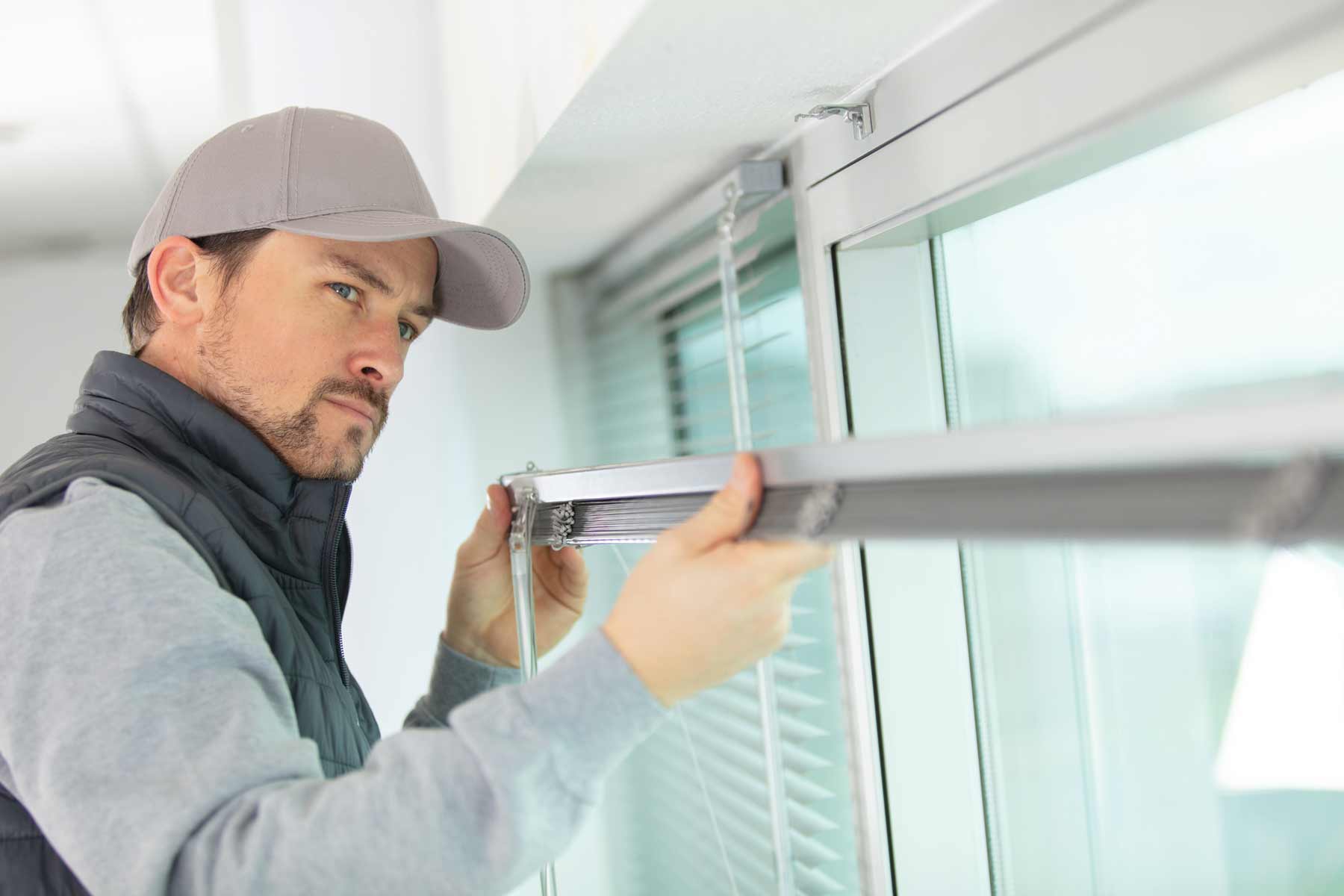
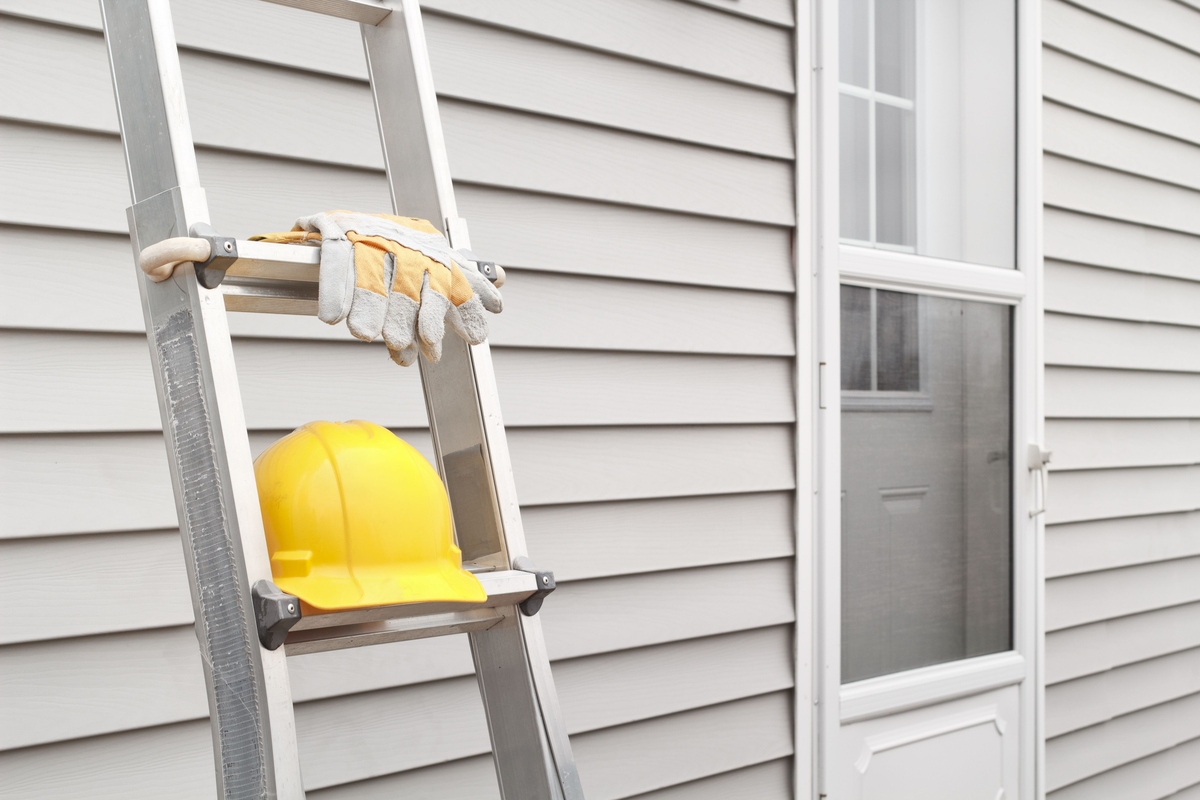
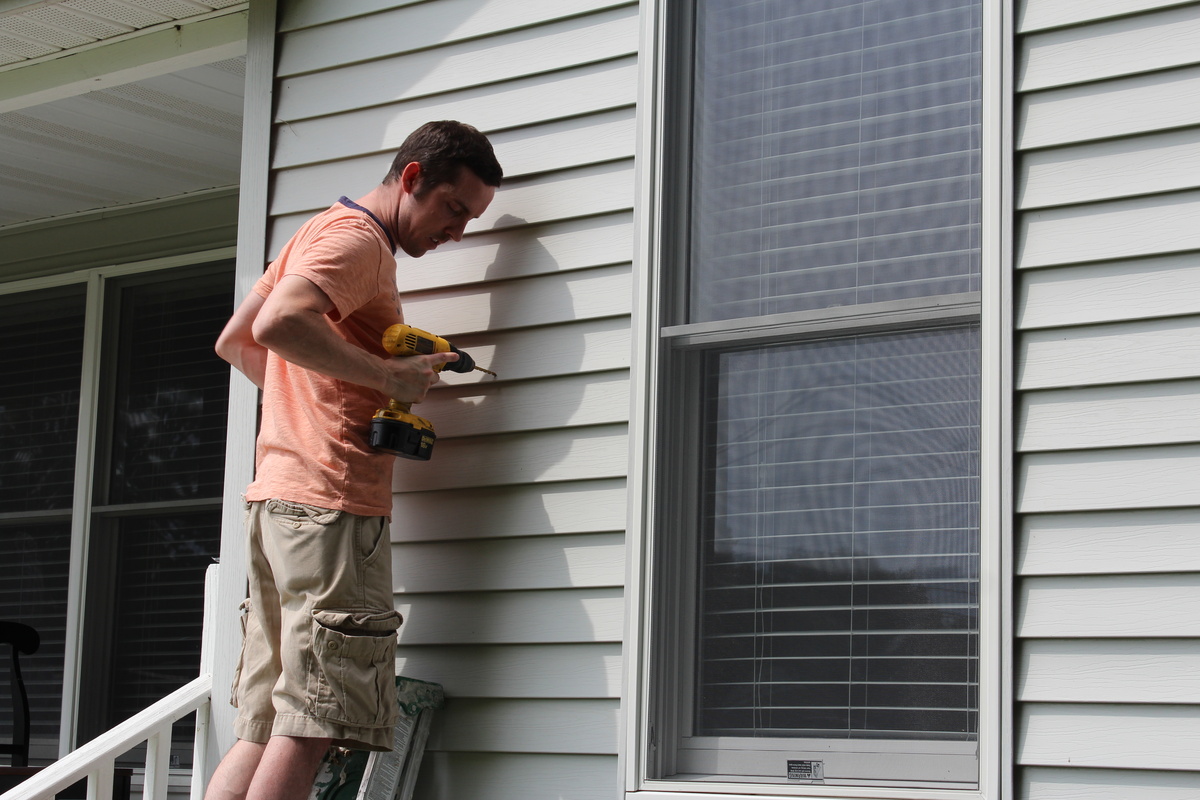
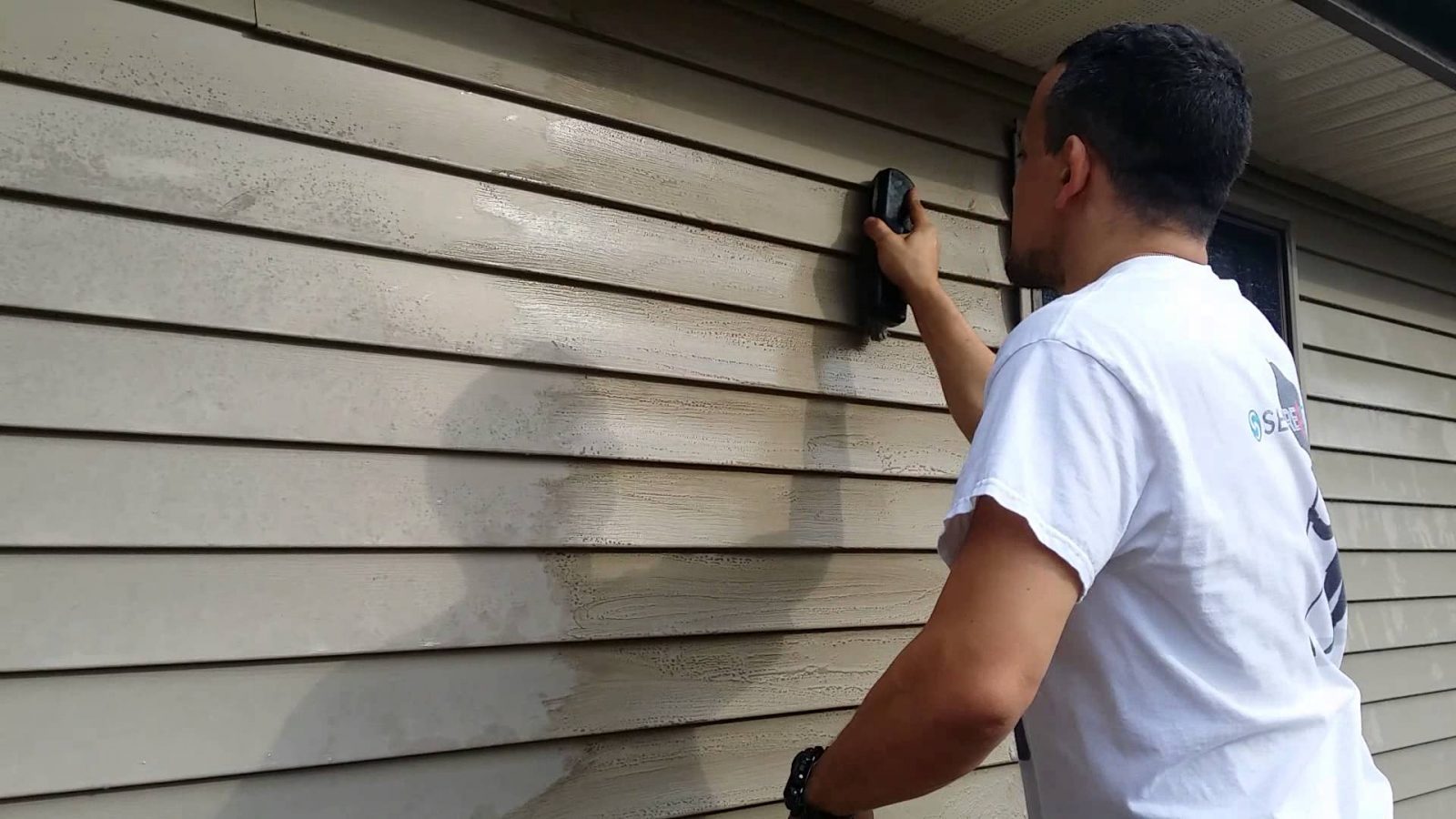
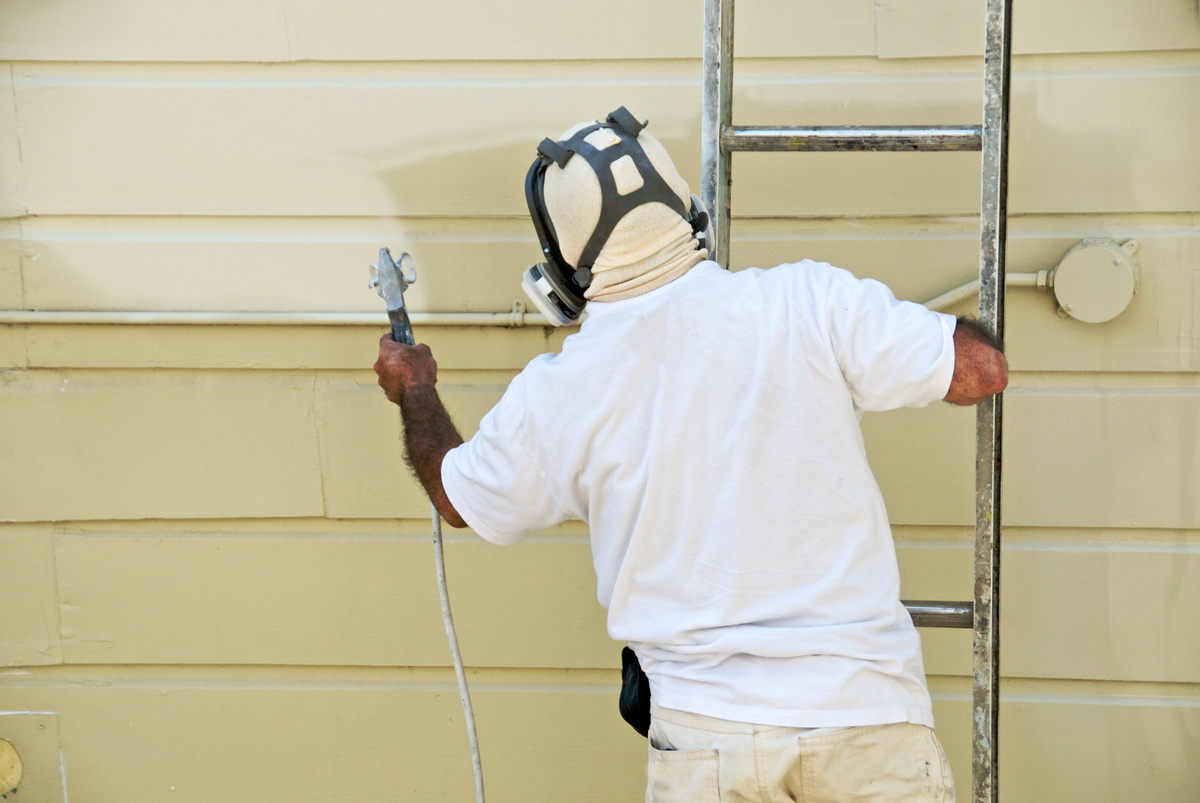
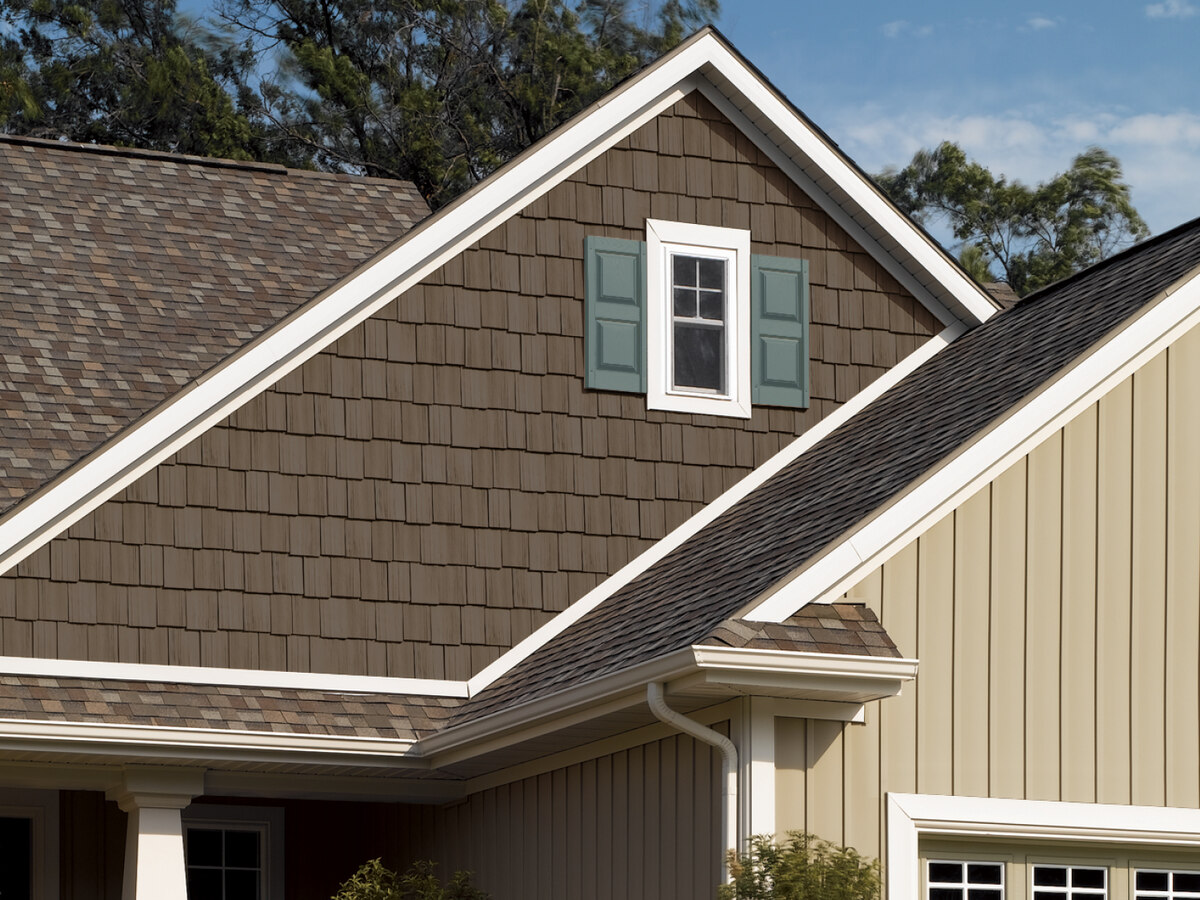

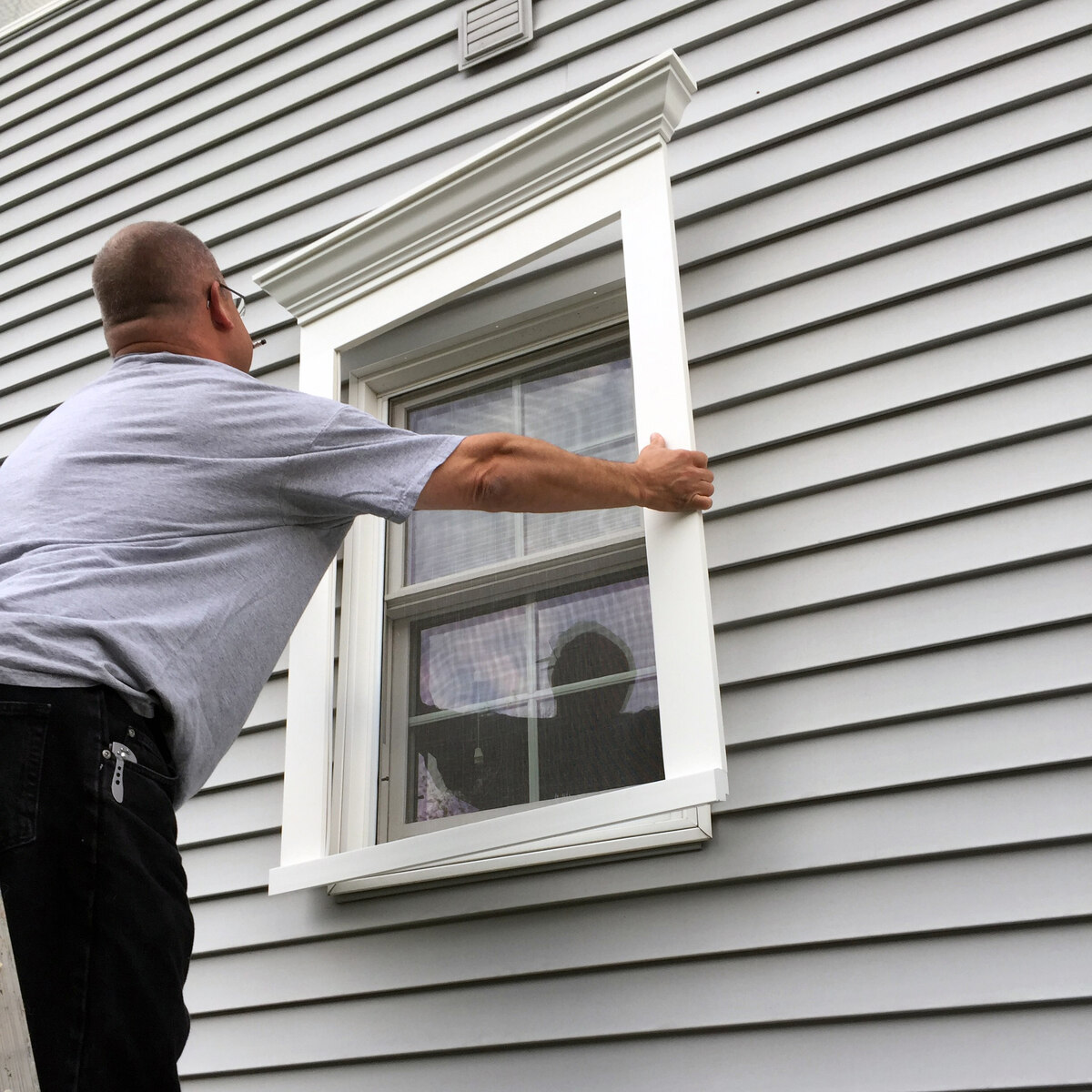
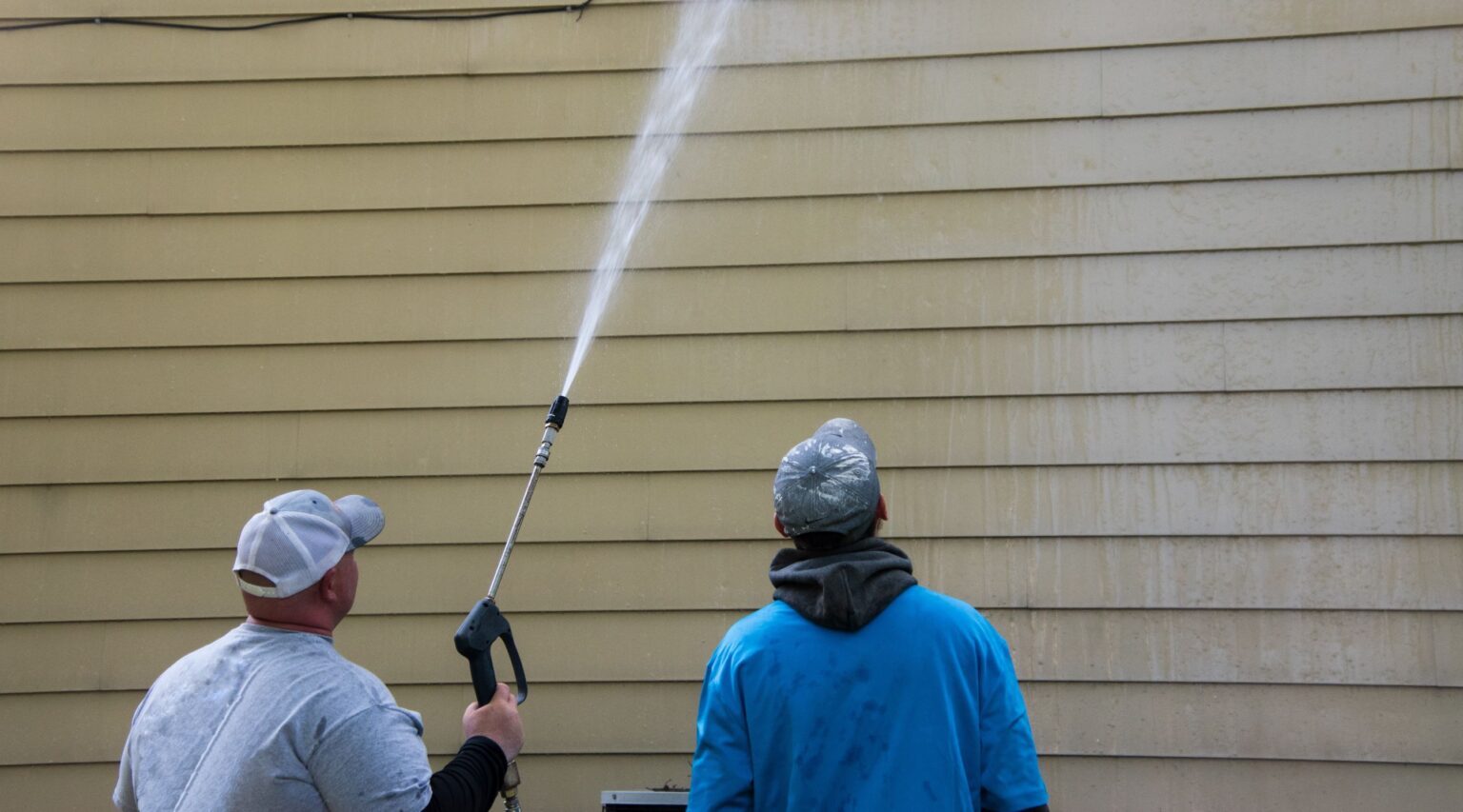
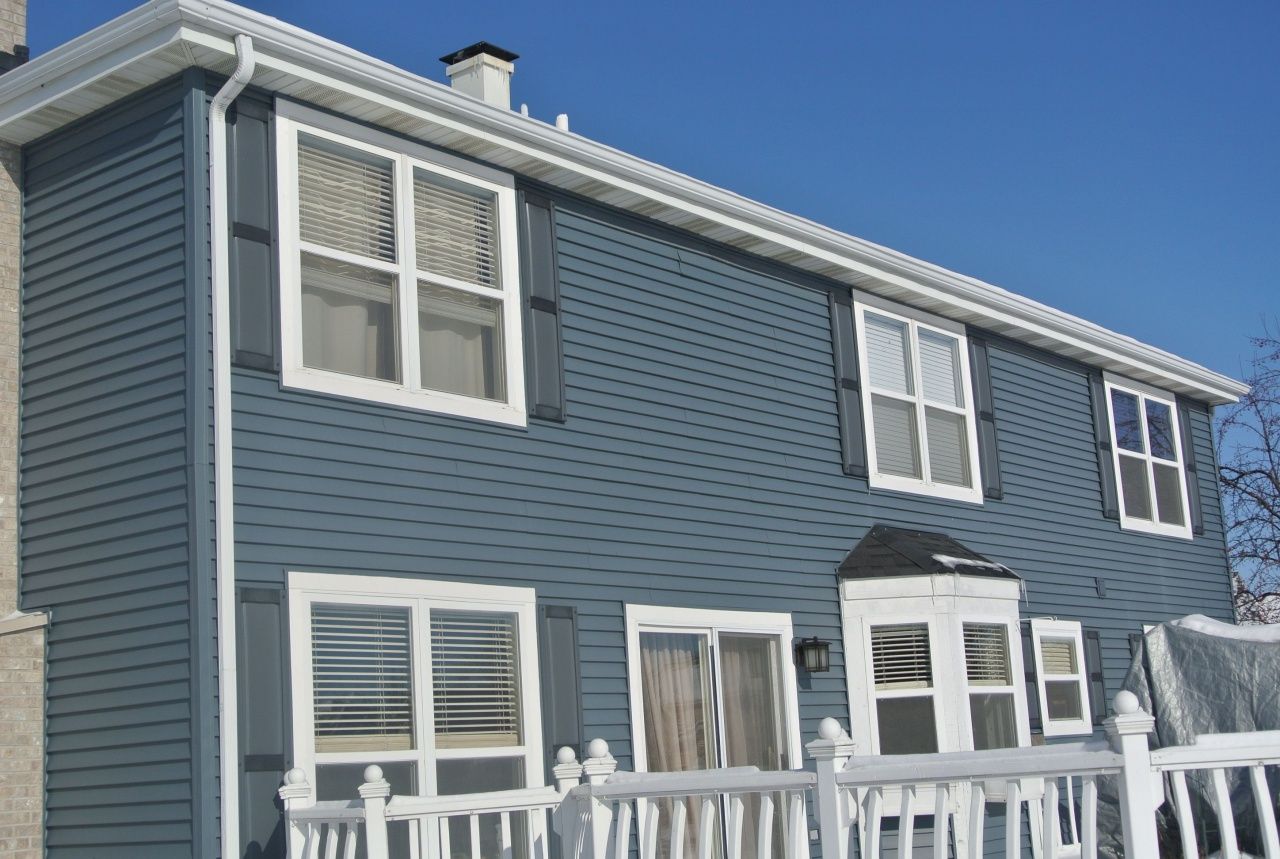
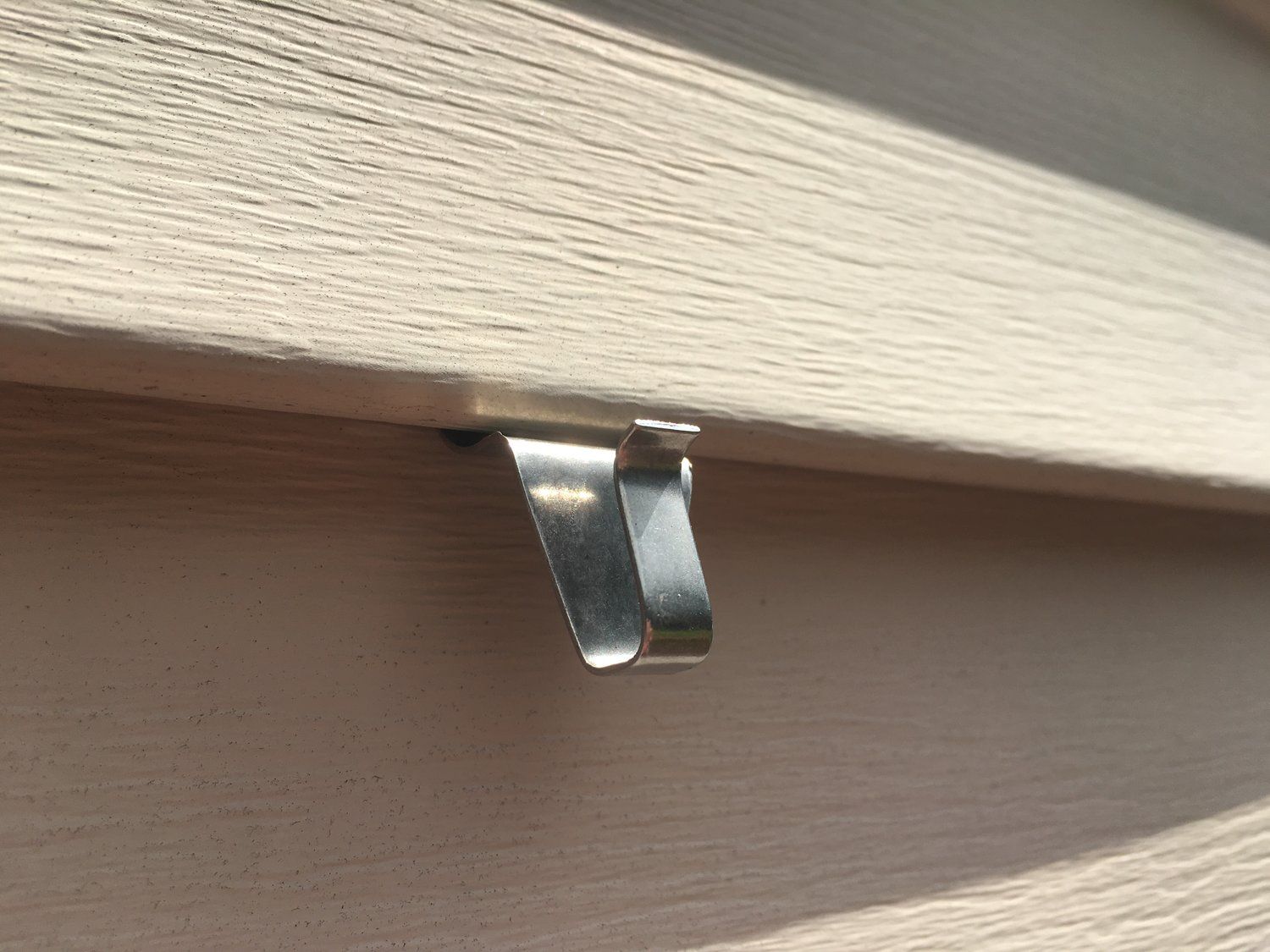
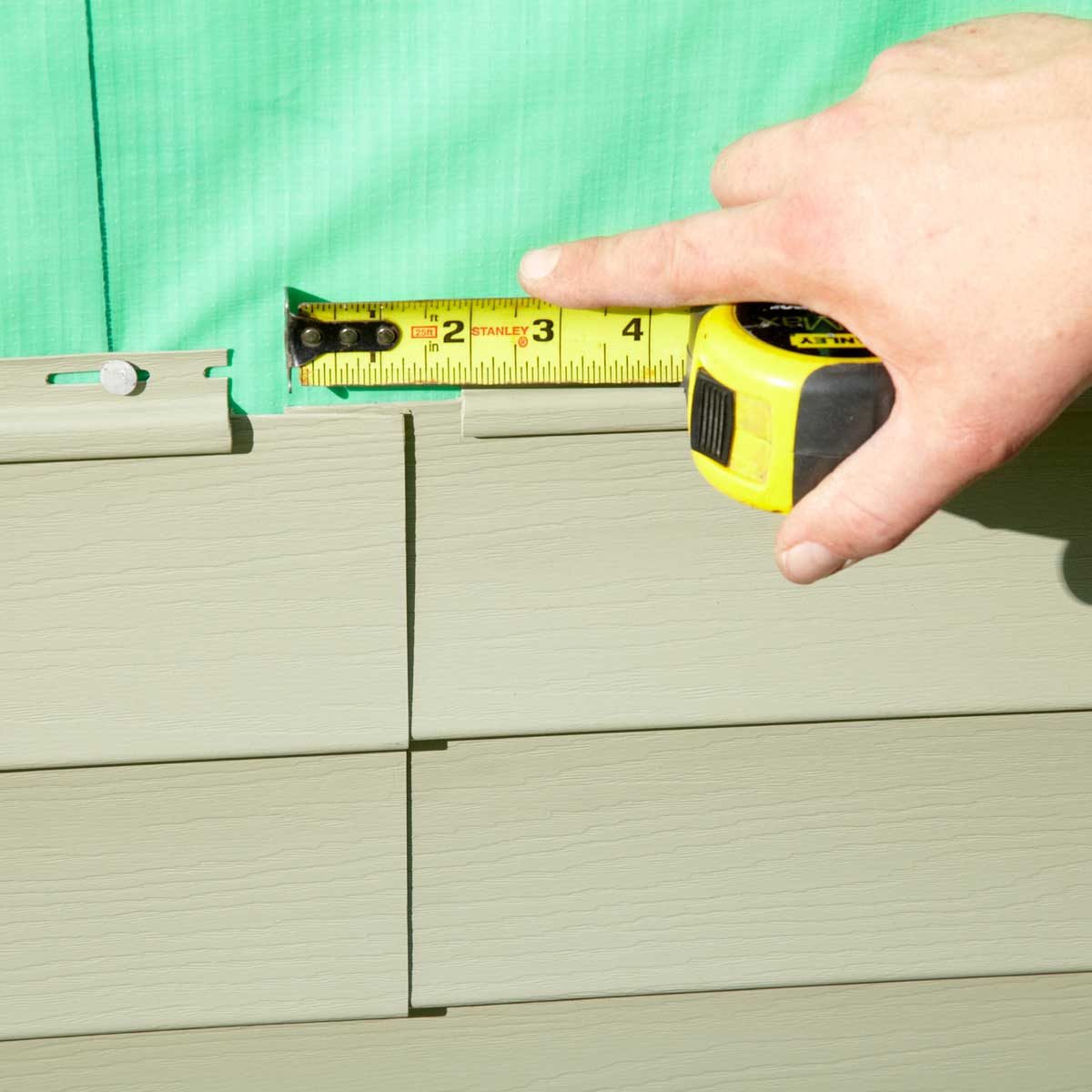
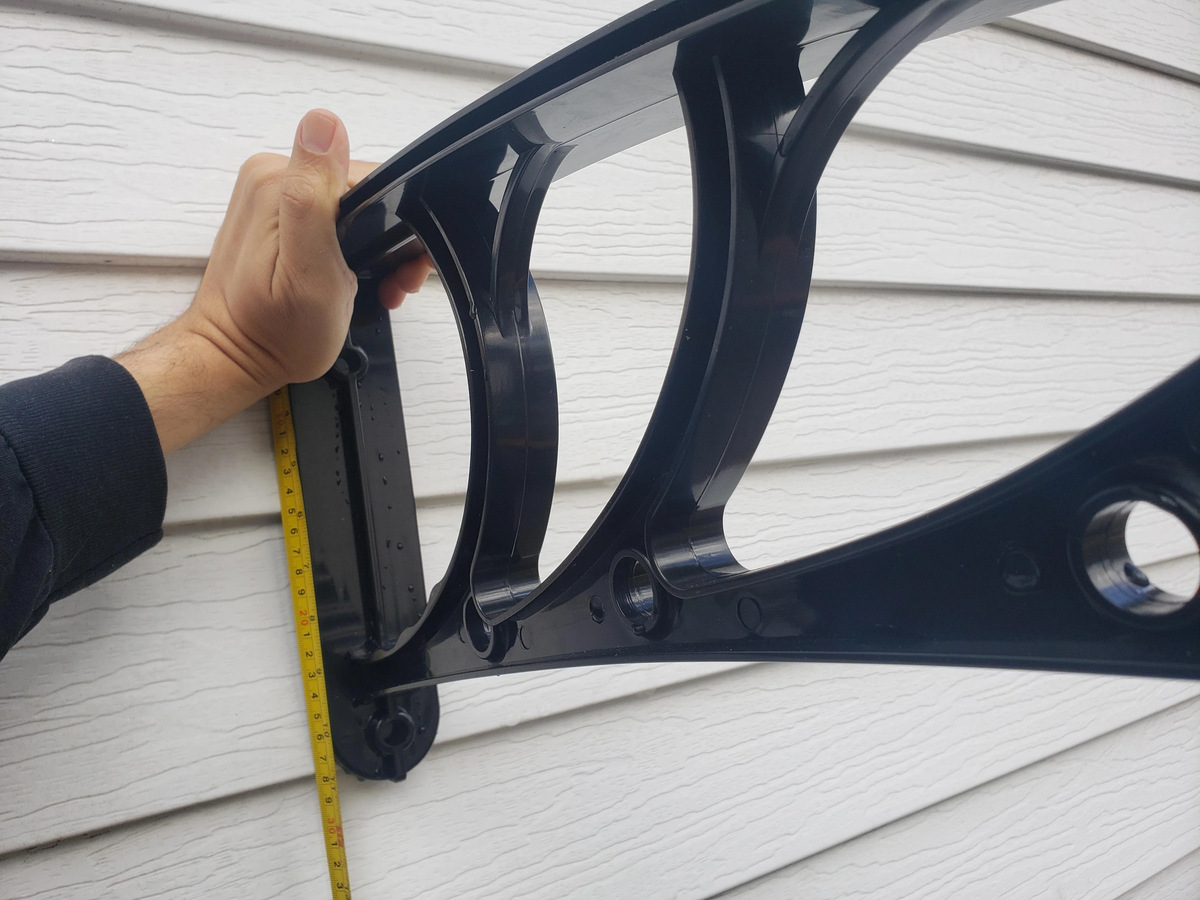
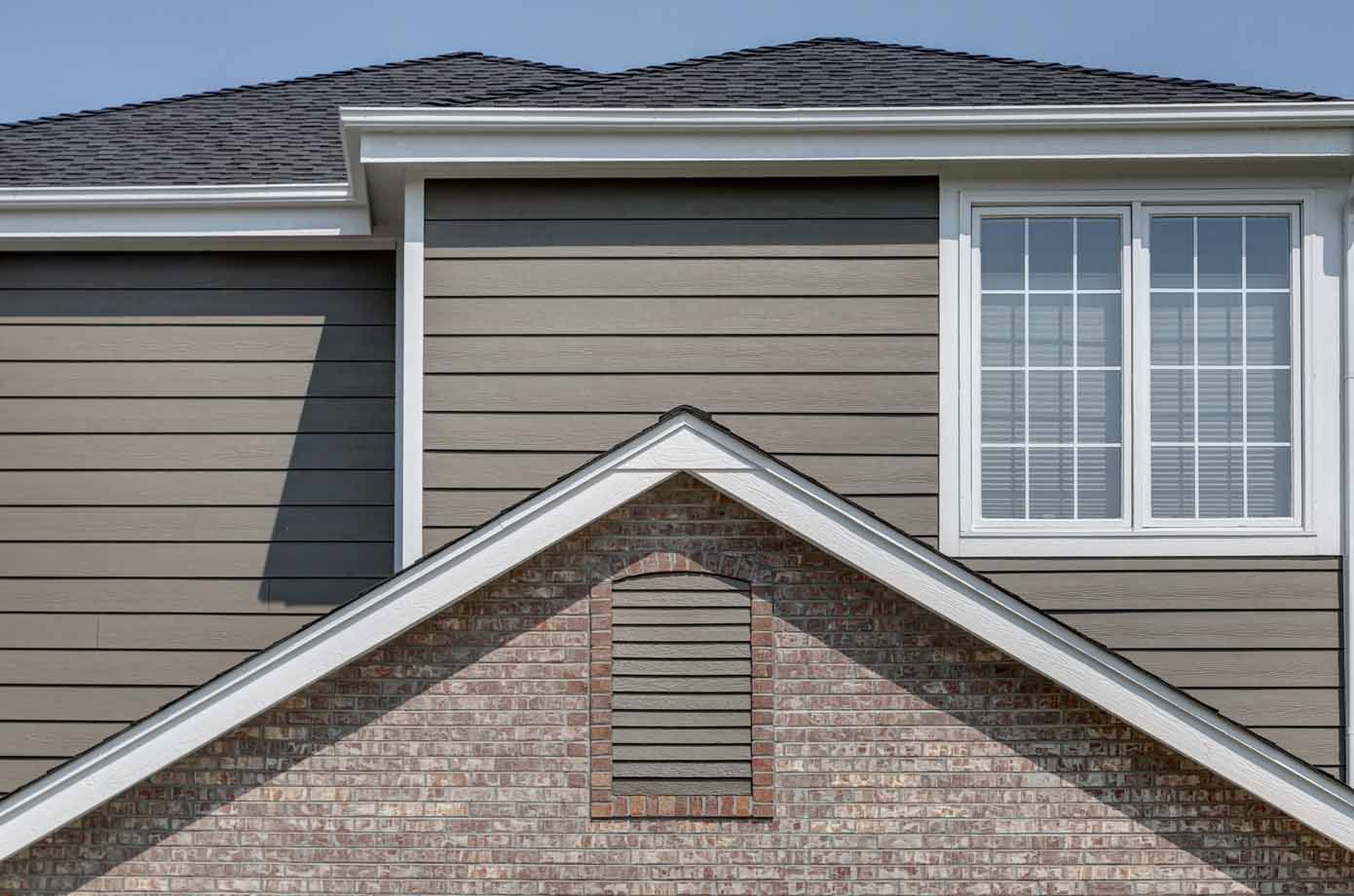

0 thoughts on “How To Measure For Vinyl Siding”